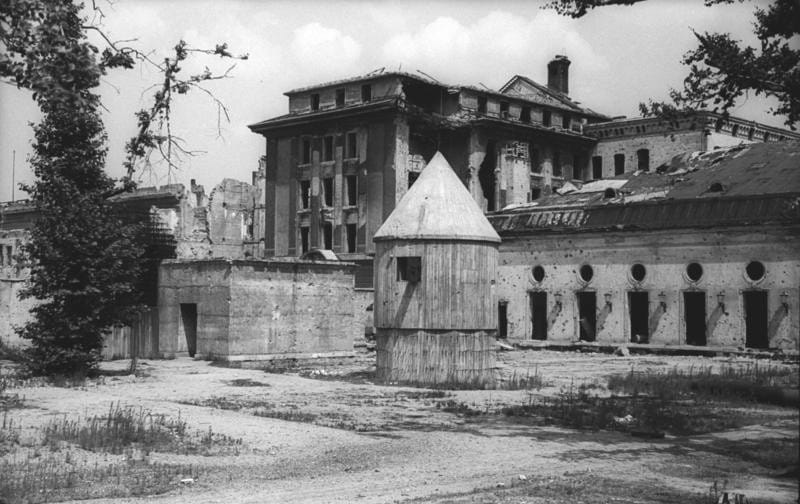Reluctantly remembered: the strange historical odyssey of the Führerbunker.
The remains of the concrete tomb where Hitler blew his brains out are a fascinating but uncomfortable artifact of history.

Eighty years ago today, on January 16, 1945, Adolf Hitler moved into what would prove to be his final residence and headquarters, the “Führerbunker” under the Chancellery Garden in Berlin. This is where he would eventually shoot himself on April 30, in the final days of World War II in Europe. This article is not the story of what happened there. That story has been told and retold many times. This is about the Führerbunker itself, what happened to it after the war and its curious place in history.
Of all the places where World War II was fought—Omaha Beach, Pearl Harbor, Mt. Suribachi, El Alamein, Hiroshima—the Führerbunker seems to have perhaps the most fascination for people, with the possible exception of sites more directly related to the Holocaust. The story of the last days of the Third Reich, where the bunker is the main setting (if not a character in its own right), has been chronicled in many books and portrayed in numerous movies, not just the 2004 German film Downfall but also movies made in 1981 (The Bunker) and 1973 (Hitler: The Last Ten Days). Wikipedia has a whole category titled “Final Occupants of the Führerhbunker by Date of Departure.” Yet the bunker itself, as a physical space and a historical artifact, has been almost forgotten, and remembered only reluctantly in this century.


